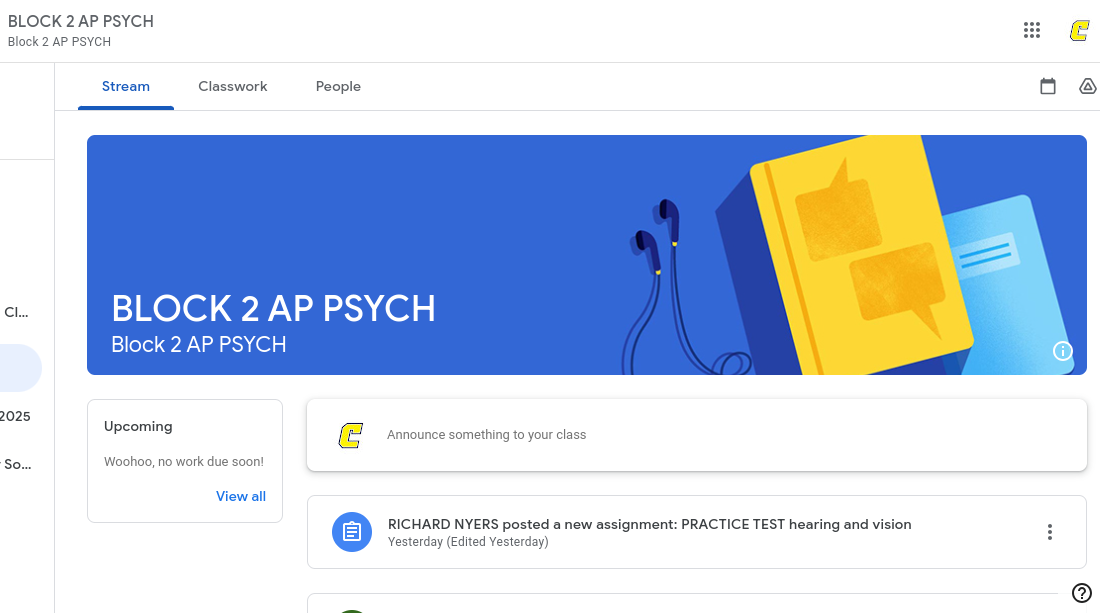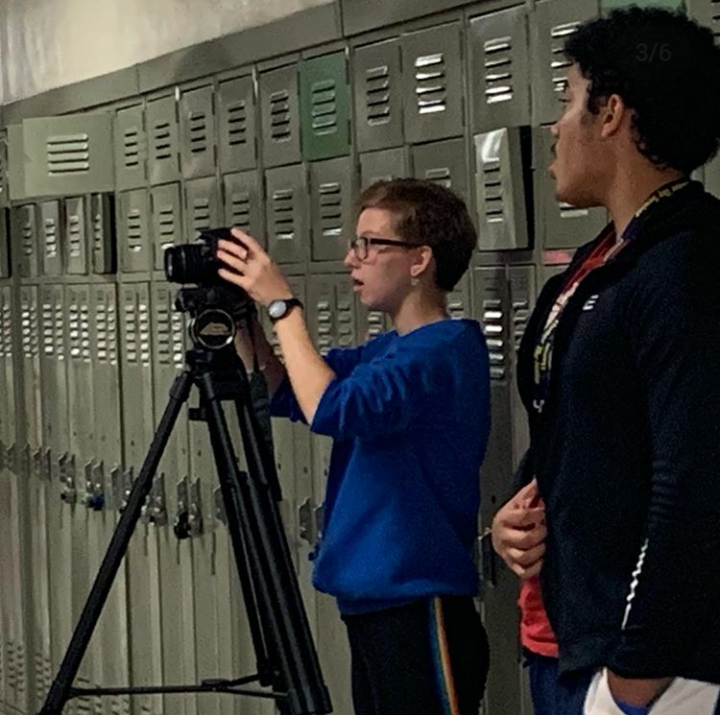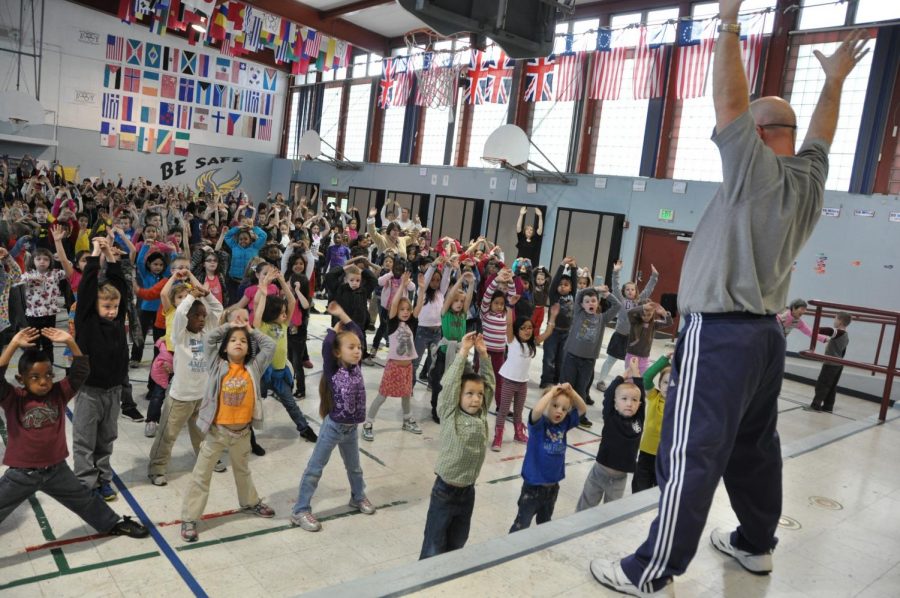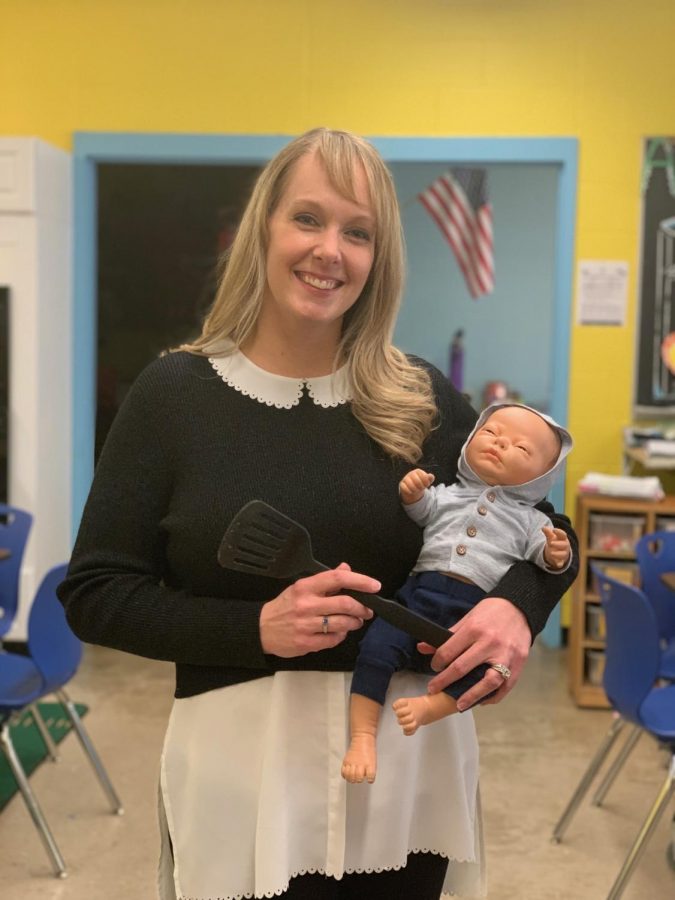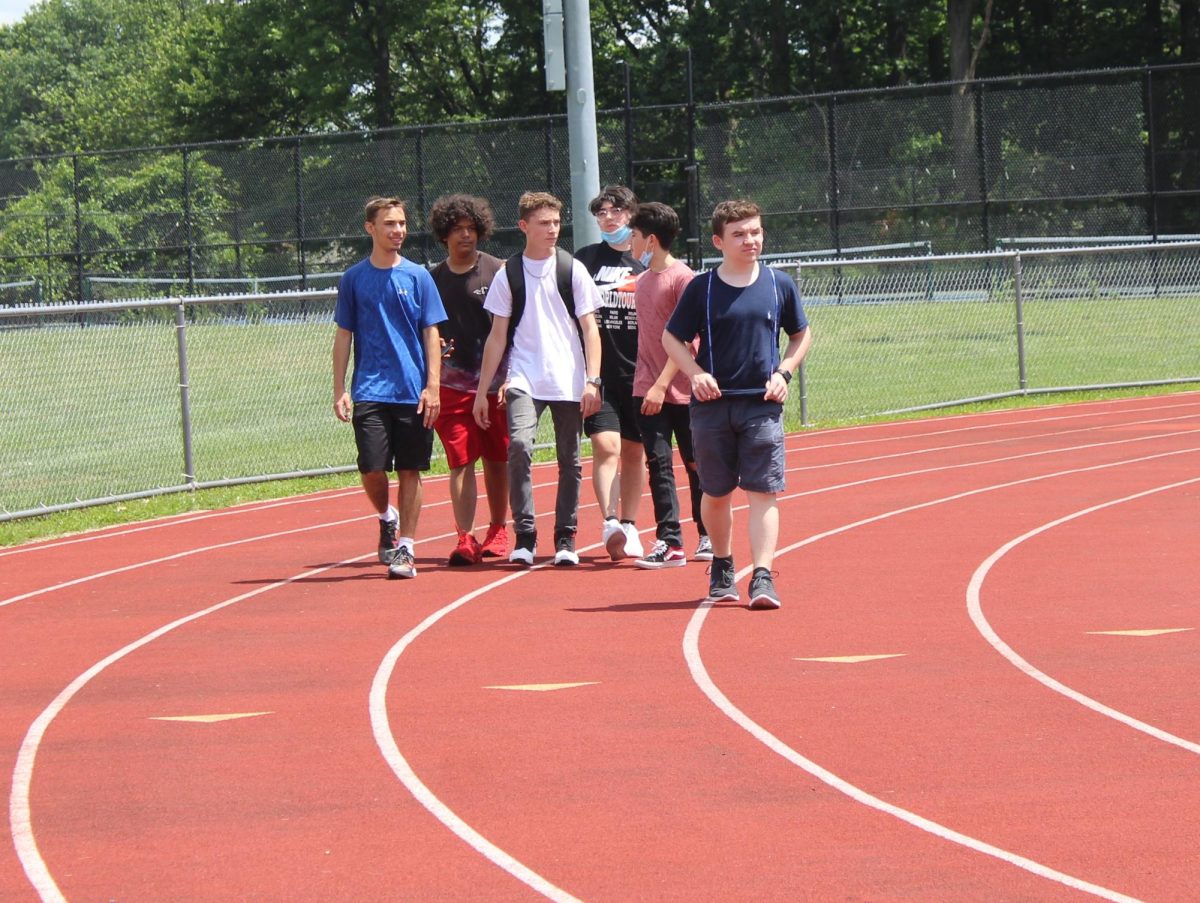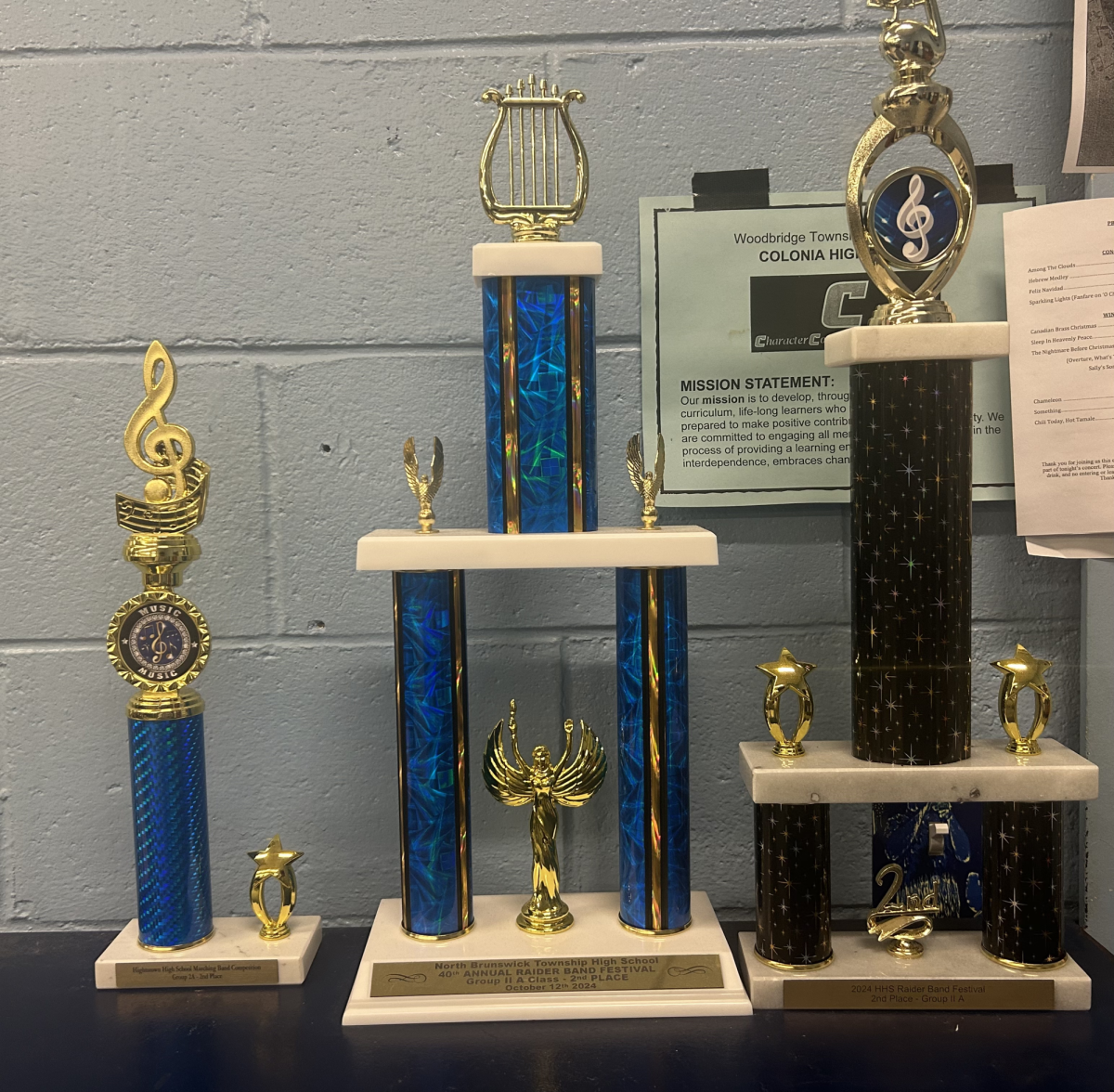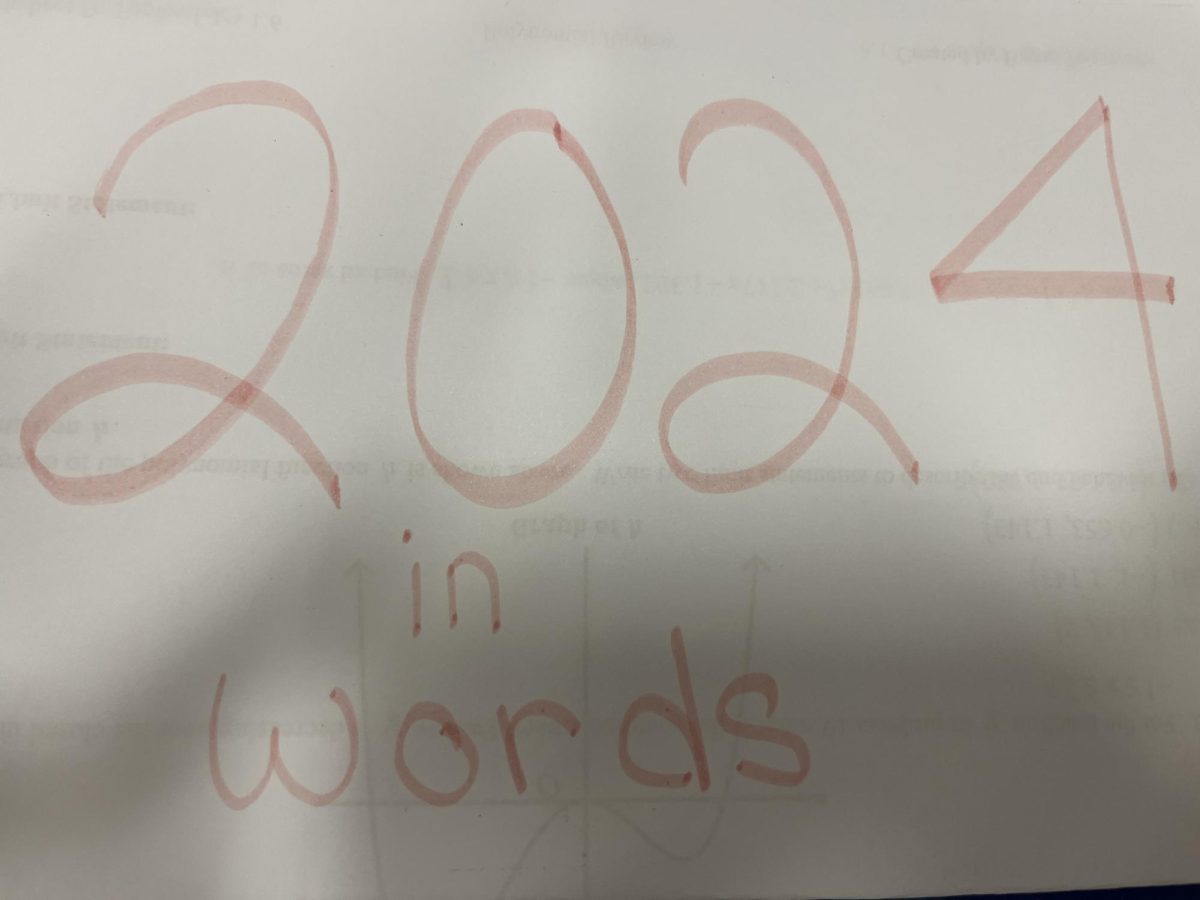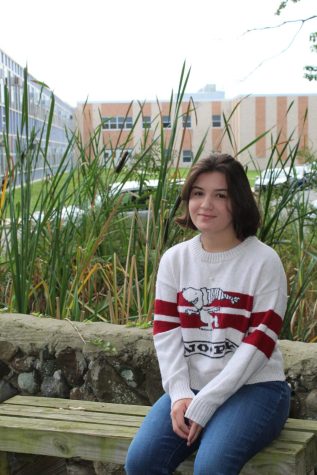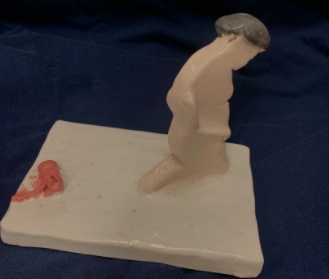
To allow students to feel comfortable in the classroom, teachers try not to influence them. Personal opinions should be separated when teaching in the classroom, as they can create tension between students and teachers.
Giving a choice
“Giving students skills to make good decisions (and trusting those decisions as teachers or parents) empowers kids and builds their self-reliance,” writes Amanda Dodge, author of “Why We Need More Decision-Making Lessons in the Classroom.” Dodge believes that allowing students to formulate their own opinions fuels them with a sense of power.
The YaleNews article “National Survey: Students’ feelings about high schools are mostly negative” says, “nearly 75% of the students’ self-reported feelings related to school were negative.” Many teachers aim to combat these negative feelings in students by sparking creativity in them.
Separating personal opinions
Mrs. Singalewitch, an art teacher at Colonia High School, makes removing her views from the classroom her mission.
When asked why she thinks separating her own opinions from the classroom is necessary, Singalewitch said, “We are not here to indoctrinate. We are not here to sway anybody one way or another. We are here to get students to think and learn to think for themselves. For me, it’s always really important that we discuss both sides of an issue and leave it up to the student to decide what’s right or wrong.”
As a ceramics teacher, she must understand students’ possible sensitivity to criticism when bringing up their ideas.
Singalewitch mentions a time when she allowed a student to cover a controversial topic in an art piece, even though it did not fully reflect her personal opinion. She says, “I have a piece on the back shelf that a student did about 6 years ago. I asked them to investigate a social issue and express their own opinion. That piece doesn’t necessarily reflect my opinion. She had a firm opinion, and it is very evident in that artwork. People sometimes are a little shocked when they see it.”
Singalewitch’s allowance for this child to create something so common turned out to be a determining factor in the student’s art career. After all, Singalewitch’s favorite part about teaching is the, “…students, it’s the students- that’s who I am here for. I love interacting with them.”
Seeing examples
A history teacher at Colonia High School, Mr. Perino, said, “Like 20 years ago, I had no problem speaking my opinion. But today you don’t want to offend anybody.”
Mr. Perino is not entirely objective in the classroom. He thinks it is important to “get people with similar opinions as you and have them run the show” especially with political views.” However, he knows allowing for opinions on these topics may bring tension into the class setting. “I’ll let students mediate it, but I won’t get involved,” he said. He does not force or sway children to think one way or another and says that he allows for all views to be heard in class. Perino uses his role as devil’s advocate to challenge students and make them think; after all, that is the purpose of a history class.





